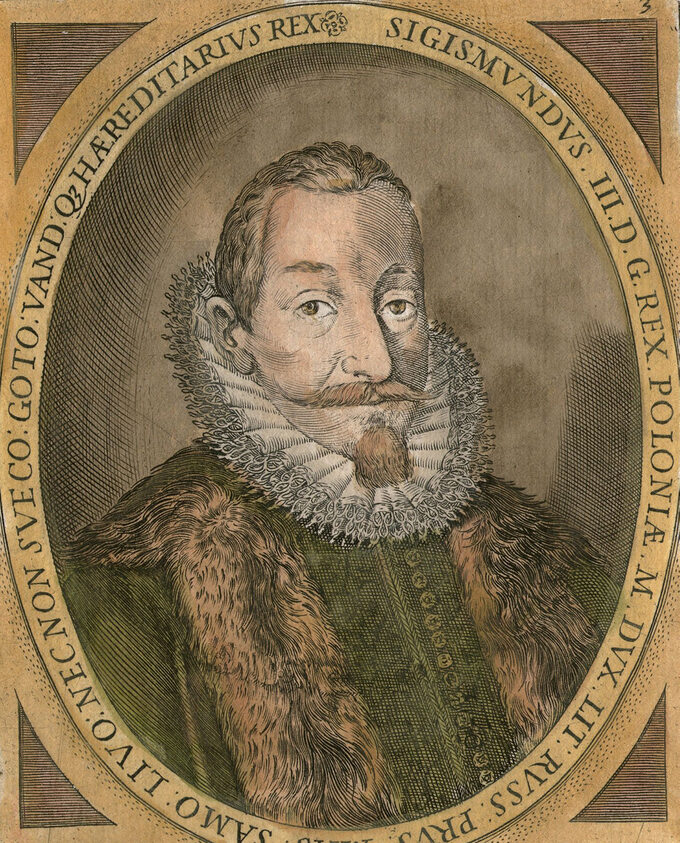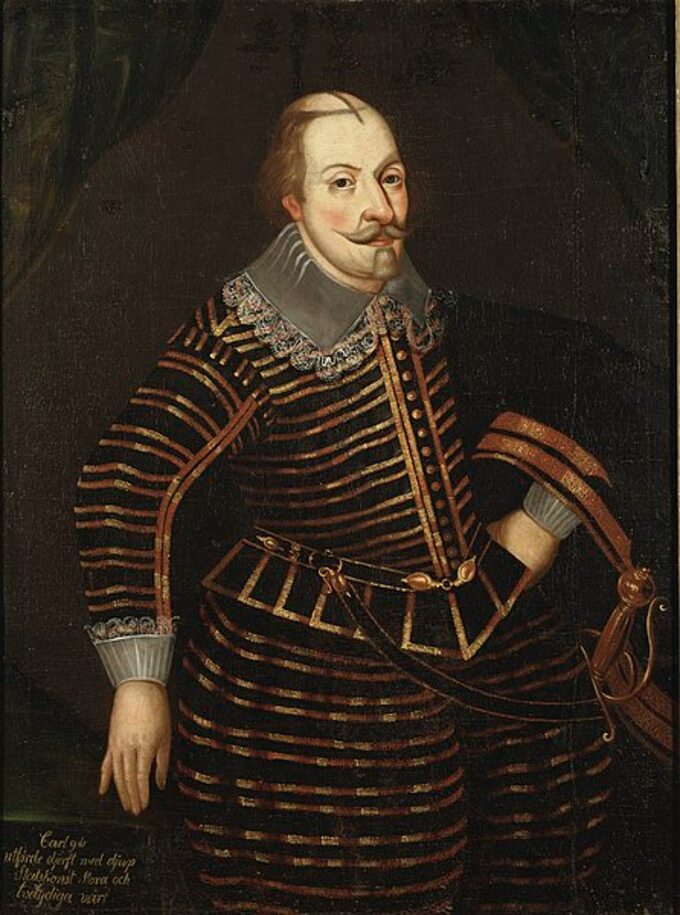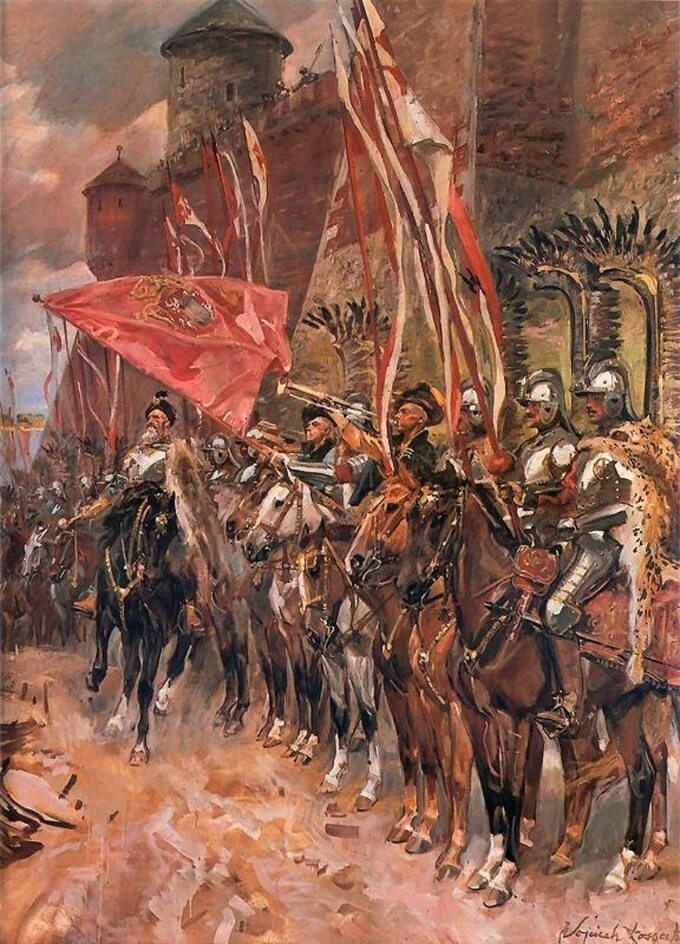The Battle of Kieszy is one of the lesser-known battles of the Polish Armistice. It happened on January 7, 1601, during the Polish-Swedish war. Although the Poles won a decisive victory, they lost the chance for further success.
Polish-Swedish war in 1600-1611 – causes
In November 1592, King John III of Sweden, father of King Sigismund III Vasa of Poland, died. In May 1593, Sigismund, as the rightful heir to the Swedish throne, traveled to Sweden (with the consent of the Polish Sejm) to be crowned as the Swedish monarch.
However, as it turned out, the Swedes were very reluctant to look at Sigismund, mainly because of his religion. Sigismund III was Catholic, which was not liked by many in Protestant Sweden. In February 1594, Sigismund III Vasa was crowned King of Sweden, but he had to promise that Lutherans would have full religious freedom. Although Sigismund did not want to, he agreed to this request.

Sigismund transferred the power of Sweden to the Regency Council and his uncle, Karol Sudermanski, and soon after he left for Poland, where he did not stay for a year. Meanwhile, Charles Sudermanski, who only performed administrative functions, wanted to exert a much greater influence on the Swedish government than his nephew had allowed. Soon Karol Sudermanski was appointed as the head of the kingdom and all Poles had to flee from Sweden.
The most disputed area was Livonia. IN pacta conventa Sigismund III Vasa promised to make this area part of the Polish-Lithuanian Commonwealth, but despite the passing of years, he still did not fulfill this promise. At the same time, Livonia was in the area of interest of Sweden. While Sigismund was heir to the Swedish throne and later King of Sweden, Livonia remained in his sphere of influence. However, when Charles Sudermanski made it increasingly clear that he intended to take the crown from Sigismund, the issue of Livonia escalated.

In May 1598, Sigismund III Vasa traveled to Sweden to settle with Charles. After initial successes, he was defeated by Charles Suderman's troops at the Battle of Linköping and forced to retreat to Gdańsk. In July 1599, the Riksdag deposed Sigismund Vasa and recognized his son Vladislav as king. The condition was to send the 4-year-old prince to Stockholm, where he was raised in the Lutheran faith. Sigismund III was not going to agree to this.
To further complicate the situation and provoke the Swedes, in March 1600 Sigismund III Vasa announced the annexation of Livonia to Poland. It didn't take long for Sweden to respond.
Estonia, Livonia. Battle of Chiesia
The battle began at the end of 1599. The troops of Charles Sudermanski expelled the Polish troops from Estonia, which recognized the authority of Sweden. Charles went to Livonia. He had a considerable force – his army consisted of 14,000 soldiers, while the Poles under the command of the Voivode of Vendy, Jerzy Farensbach, numbered only 4,500.
Charles Suderman's troops quickly occupied Parnu and Fellin, then moved on to Dorpat, which surrendered on January 6. The next day, January 7, the battle of Chiesia began.

Confident Swedes of 3000 men attacked the Polish camp. However, the Poles, led by Maciej Dembinski, reacted very quickly and immediately formed formations. The Swedes were surprised. Polish forces attacked them with all their might. The hussars took the lead and drove the Swedes from the battlefield. Karol Sudermanski's troops began to flee in panic. Those who survived the hooves of the hussars fled to the ice-covered river, but some people drowned as the ice began to crack. In the battle of Kiesia, the Swedes lost almost 2,000 men, while the Poles lost only 10. It was a complete defeat for the Swedes.
Unfortunately, the victory in Kiesia was wasted. Polish troops were underpaid, so many soldiers began to leave the army. The mercenaries also committed theft and looted the belongings of the local population, causing growing resentment towards the Poles in Livonia.
The Swedes recovered their losses and launched another attack. The battle of Chiesia was only a prelude. The Polish-Swedish War over Livonia and the Swedish Succession lasted another ten years. Its climax was the victorious battle of Kirkcolm, one of the most important in our history, for the Poles.
Sigismund III Vasa used the title of King of Sweden until the end of his life, although he never returned to the Stockholm throne.
Also read:
Battle of Kirchholm. Chodkevich's genius was praised throughout EuropeAlso read:
Poland – Estonia. How Livonia entered the Polish-Lithuanian CommonwealthAlso read:
Stefan Czarniecki. legend. Hetman from the words of the Polish national anthem
(translate tags) Battle of Chiesia
